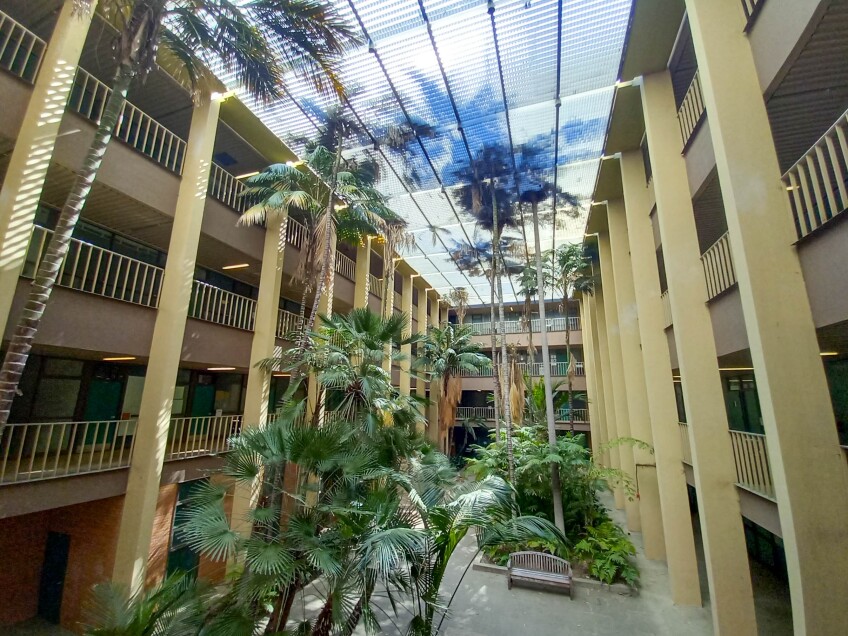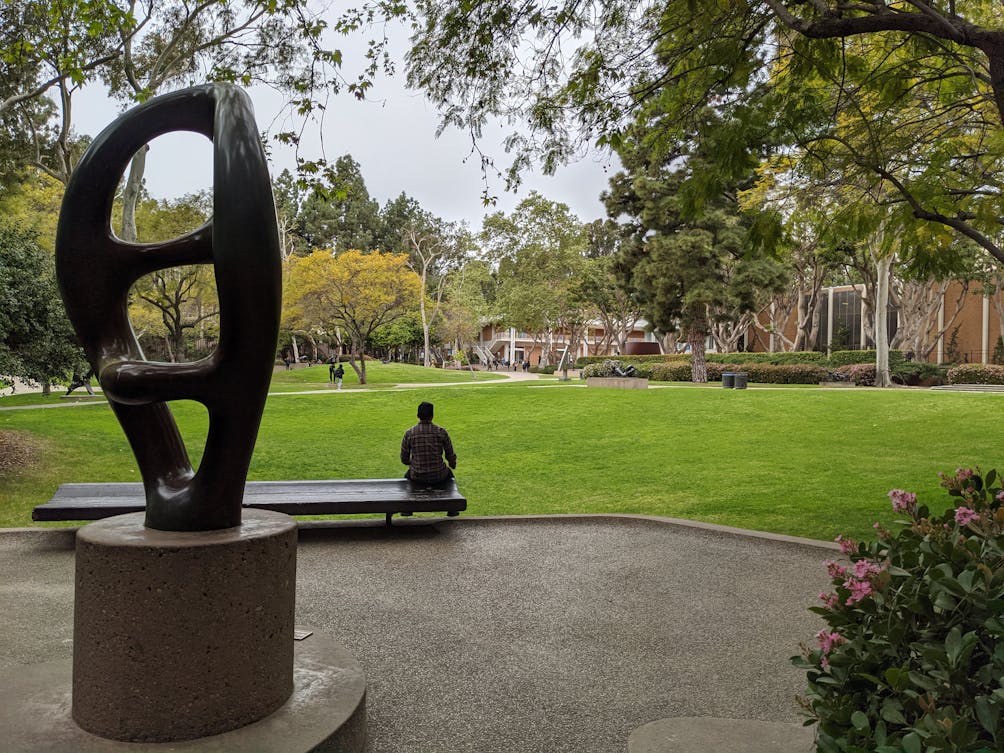JaydenPerryDesma9
Week 1 Blog
The perspective that I gained from the writers was that arts and sciences are always evolving, growing, and branching off into its own form, even if we don’t want them too. Today as cultures become broader, other ideas die off in relevance, which Victoria Vesna suggests in the article, Leonardo, how “every end constitutes a new beginning.” (Vesna 123). New ideas that fulfill the two cultures of “literary intellectuals and natural scientists,” (Vesna 120) have their stereotypes based on income and behavior that are credible and non-credible in their separate ways.
In The Two Cultures and The Scientific Revolution, C.P. Snow inputs how the divide of two cultures is “rooted in social histories, some in personal histories, and some in the inner dynamic of the different kinds of mental activity themselves,” (Snow 23) which is relevant in my immediate world. UCLA’s campus is designed in a way where these two cultures and disciplines are separated. In the lecture video Changing Education Paradigms, Sir Ken Robinson states how, “education is modeled on the interests of industrialization,” (6:42) which can be seen by the architecture of more corporate buildings. As a sociology major, I am generally walking around the west side of campus where there are lots of sculptures and statues. These pieces of art and its buildings differ from the east side as they are fairly old and don’t incorporate new and richer architecture ideas. The east side of campus has much newer and modern corporate buildings which incorporate richer architectural ideas. Christopher M. Williams suggests in A Dangerous Divide: The Two Cultures in the 21st Century, that even though science and technology are separated, both “are critical tools for responding to many of society's most troubling problems” and should both be understood and learned.
Resources
Bunche Hall. https://static.kcet.kcet.production.k2.m1.brightspot.cloud/dims4/default/430088d/2147483647/strip/true/crop/2417x1813+0+0/resize/848x636!/quality/90/?url=http%3A%2F%2Fkcet-brightspot.s3.amazonaws.com%2Fd4%2F28%2F8c2d0b8b43da9cd52b6e7ad1e20d%2F20220306-125627.jpg.
Pawlik, Matt. “UCLA Sculpture Garden.” Art of the Matte, WeekendSherpa, 16 June 2021, https://www.weekendsherpa.com/stories/do-a-ucla-college-campus-walk-among-art-architecture-and-botanical-gardens/.
Robinson, Ken, Sir. Changing Education Paradigms.Youtube, RSA Animate, 14 October 2010, https://www.youtube.com/watch?v=zDZFcDGpL4U&t=402s. Accessed 5 Apr. 2023.
Snow, C. P. The Two Cultures and the Scientific Revolution. At the Univ. Press, 1961.
University of California Los Angeles - Health Sciences Building. https://www.clarkconstruction.com/sites/default/files/styles/project_photos/public/project_photos/University%20of%20California%20Los%20Angeles%20-%20Health%20Sciences_Carousel.jpg?itok=Y-hInVQq.
Vesna, Victoria. “Toward a Third Culture: Being in Between.” Leonardo, vol. 34, no. 2, 2001, pp. 121–125., https://doi.org/10.1162/002409401750184672.
Vesna, Victoria. Two Cultures Intro.Youtube, UC Online, 26 Mar. 2012, https://youtu.be/MpAo6_f0jeU. Accessed 5 Apr. 2023.
Williams, Christopher M. “A Dangerous Divide: The New York Academy of Sciences.” Nyas, 24 July 2009, https://www.nyas.org/ebriefings/a-dangerous-divide/.



Hey Jayden! I really enjoyed reading your blog post! I can relate to you because I am also a Sociology major, so I have seen the sculpture garden many times because most of my classes have been at Bunche Hall. I think that Snow is saying that there is a serious issue with the lack of understanding and communication between the two cultures and that both have a lot to gain from one another. That is really nice how you were influenced by your grandma to get into the arts, and how she was able to enforce the ideas of the differences of culture through the economic gap and the stereotypes of intellects. I would not want to be apart of either! I was inspired by my dad to get into the arts through film and screenwriting.
ReplyDelete